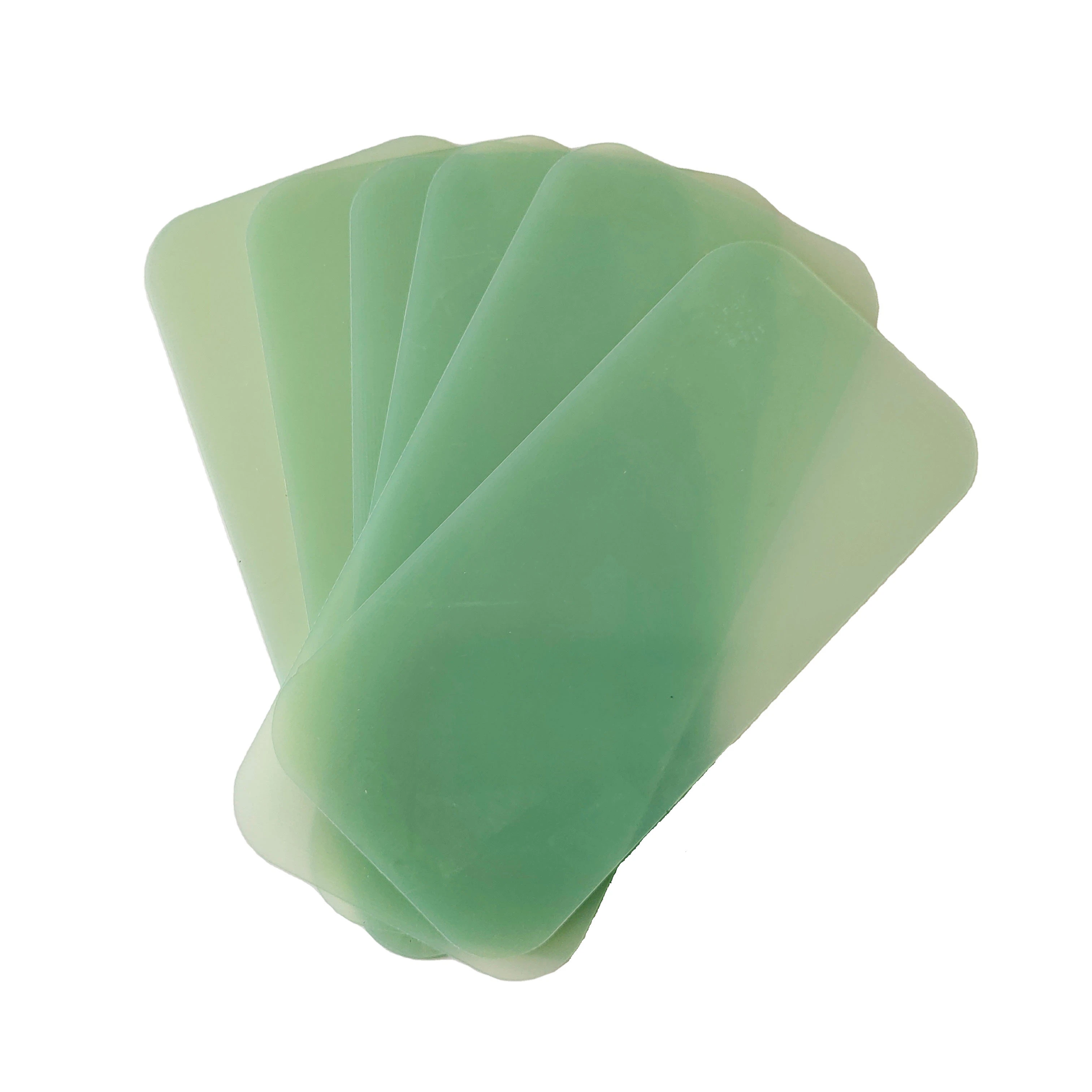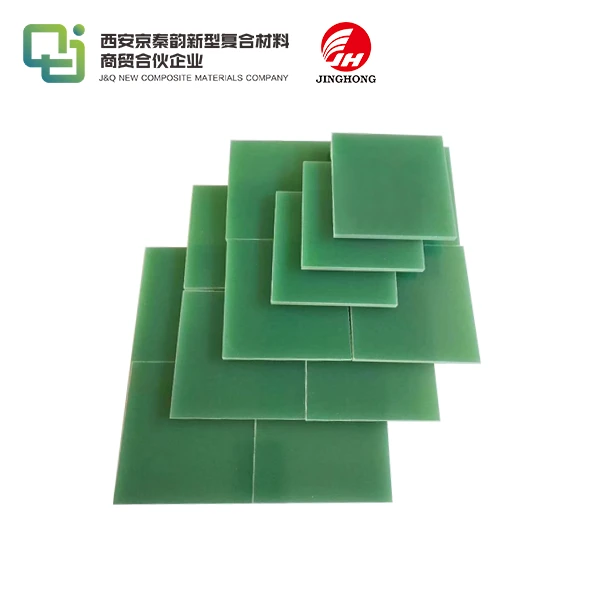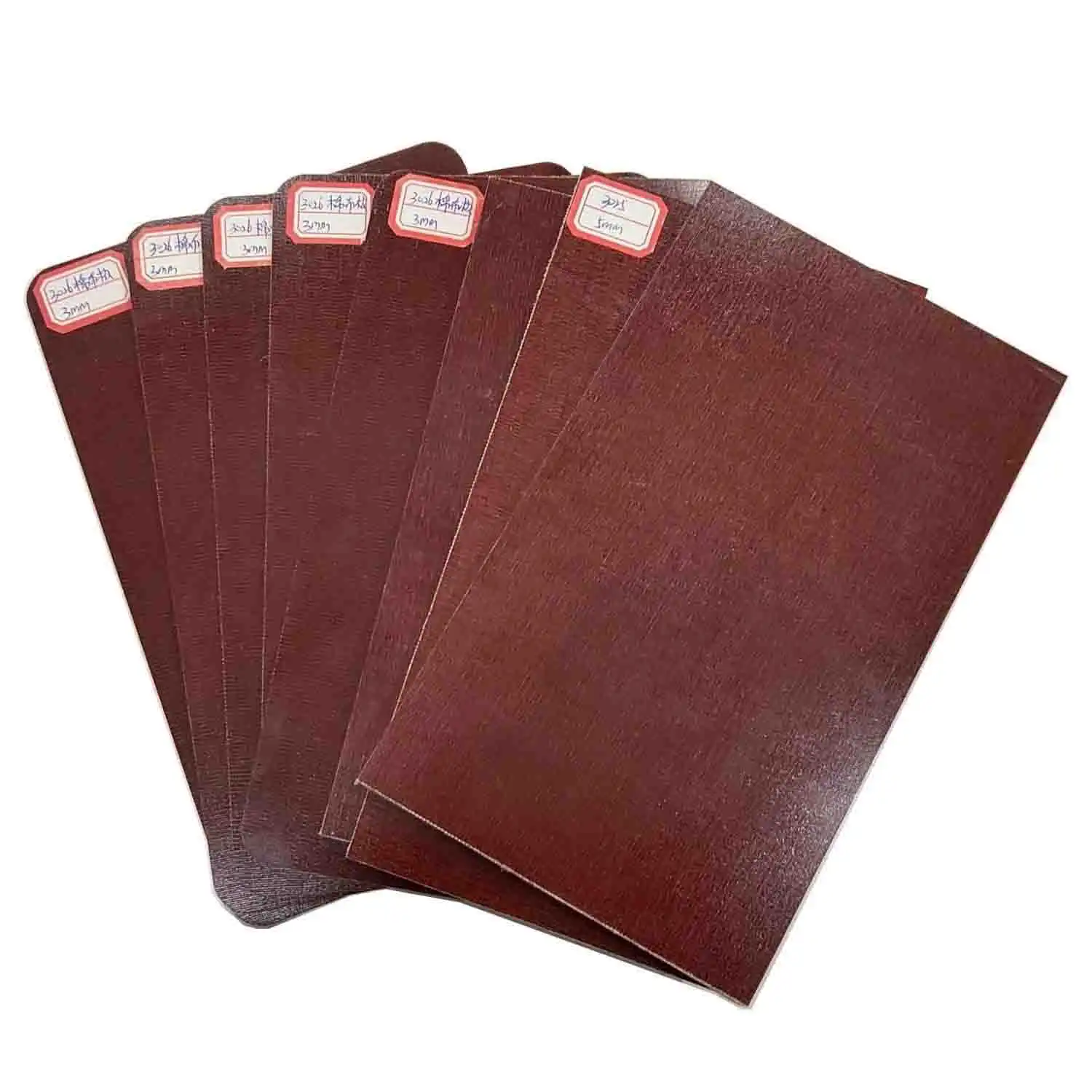What is POM sheet made of?
2024-09-24 16:19:50
Polyoxymethylene (POM) sheets, otherwise called acetal sheets or POM plastic sheets, are a broadly involved material in enterprises that require solid, strong, and flexible thermoplastics. POM sheets are an essential component in the production of a wide range of precision parts because of their high stiffness, low friction, and excellent dimensional stability. Yet, what precisely is a POM sheet made of, and for what reason is it so well-known across various businesses? In this article, we will investigate the organization of POM sheets, their assembling cycle, and why they are so generally utilized in modern applications.
Understanding the Composition of POM Sheets
POM sheets are made out of a thermoplastic polymer known as polyoxymethylene. This polymer is important for the group of engineering plastics and is explicitly produced for applications that require high mechanical strength and inflexibility. In any case, what precisely does this mean?
Monomers and Polymerization
The core of a POM sheet is polyoxymethylene, a polymer derived from formaldehyde. In simple terms, polymers are large molecules created by linking together smaller, repeating units called monomers. In the case of POM sheets, the monomer used is formaldehyde or a similar compound known as trioxane. These monomers undergo a process called polymerization, where they chemically bond together to form long, repeating chains of molecules, giving POM sheets their characteristic strength and durability.
Homopolymer vs. Copolymer POM
POM sheets can be made in two main forms: homopolymer and copolymer. Both types are made from polyoxymethylene, but their properties differ slightly based on their molecular structure.
- Homopolymer POM: This type is made from a single repeating unit of formaldehyde. It has a higher crystallinity, which gives it excellent strength, stiffness, and wear resistance. However, it is slightly more brittle and prone to degradation when exposed to moisture or acidic environments.
- Copolymer POM: Copolymer POM, on the other hand, is made by incorporating a second monomer into the polymer chain. This results in a material that offers better resistance to moisture and chemicals, though it may have slightly lower mechanical properties compared to homopolymer POM.
Additives and Fillers
Now and again, polyoxymethylene sheets are fabricated with extra added substances or fillers to improve explicit properties. For instance, glass fibers or carbon fibers might be added to expand the material's solidarity and firmness. Also, greases can be consolidated to additionally diminish grinding, making POM a considerably more successful material for parts that experience high wear, similar to cog wheels or direction.
How are POM Sheets Manufactured?
The manufacturing process of POM sheets is a multi-step procedure that ensures the material retains its high-performance qualities. POM sheets are typically produced through extrusion or compression molding, both of which allow for precise control over the sheet's thickness, density, and dimensions.
Polymerization
As mentioned earlier, the production of POM sheets starts with the polymerization of formaldehyde or trioxane. This process occurs in a controlled environment, where the monomers are chemically bonded to form long polyoxymethylene chains. This stage is crucial as it determines the material's molecular structure, which directly affects its mechanical properties.
Extrusion or Molding
Once the polymerization process is complete, the resulting polyoxymethylene material is processed into sheets. In extrusion, the polymer is heated until it becomes molten and is then forced through a die to create sheets of a specific thickness and width. Compression molding, on the other hand, involves placing the polymer into a mold and applying heat and pressure to shape the material into sheets.
Annealing
After the sheets are formed, they undergo a process called annealing. This involves gradually heating and cooling the material to relieve internal stresses that may have developed during extrusion or molding. Annealing improves the dimensional stability of the sheets, ensuring that they remain flat and don't warp or shrink over time.
Quality Control
Once the polyoxymethylene sheets have been annealed, they undergo rigorous quality control to ensure they meet the required specifications. This process includes checking the thickness, surface finish, and mechanical properties of the sheets. Any defects, such as warping, uneven thickness, or surface imperfections, are identified and corrected to ensure that only high-quality POM sheets are distributed for industrial use.
Why Are POM Sheets Widely Used?
POM sheets are incredibly versatile and are used across a variety of industries due to their unique combination of properties. Let’s explore the key reasons why polyoxymethylene boards are such a popular choice for manufacturers worldwide.
High Mechanical Strength and Stiffness
One of the standout features of POM sheets is their exceptional mechanical strength and stiffness. The high crystallinity of the material, particularly in homopolymer POM, gives it excellent rigidity, making it ideal for parts that need to maintain their shape under heavy loads. Whether used in automotive parts, gears, or precision components, POM sheets provide the necessary durability to handle demanding applications.
Low Friction and Wear Resistance
POM plastic sheets are known for their low coefficient of friction, which means they slide easily over other surfaces without generating significant heat or wear. This property makes POM an excellent choice for applications where moving parts are involved, such as gears, bearings, and conveyor components. The low friction also reduces the need for lubricants, which can simplify maintenance and reduce costs.
Excellent Dimensional Stability
Unlike some other plastics, POM sheets exhibit excellent dimensional stability. This means that they retain their size and shape over time, even when exposed to temperature fluctuations or mechanical stress. POM’s high resistance to creep (gradual deformation under a constant load) makes it ideal for precision parts that require consistent, long-term performance.
Resistance to Chemicals and Moisture
Copolymer POM sheets, in particular, offer superior resistance to moisture and various chemicals, including fuels, oils, and organic solvents. This makes them suitable for use in environments where exposure to harsh chemicals is common, such as in the automotive, chemical processing, and electronics industries. Since POM sheets do not absorb significant amounts of water, they are also ideal for applications requiring dimensional stability in humid or wet conditions. This moisture resistance further extends the material’s longevity in such environments.
Easy Machinability
Another reason manufacturers favor POM sheets is their excellent machinability. POM sheets can be easily cut, drilled, milled, or shaped using standard machining equipment, which allows for the production of highly precise parts. This ease of fabrication, combined with the material’s toughness, makes POM a go-to material for prototyping and mass production.
Applications of POM Sheets in Various Industries
Thanks to their unique properties, polyoxymethylene sheets are used in a wide range of industries. Here are some of the most common applications:
Automotive Industry
In the automotive industry, POM sheets are used to manufacture components such as fuel system parts, seatbelt mechanisms, door locks, and gears. Their lightweight nature, combined with high mechanical strength and resistance to fuels and oils, makes them well-suited for automotive applications.
Electronics and Electrical Components
POM sheets are used in the production of connectors, switches, and other electrical components. Their excellent insulation properties and resistance to electrical arcing make them ideal for these applications, where consistent performance is critical.
Industrial Machinery
POM's wear resistance and low friction make it a popular choice for gears, bearings, and conveyor systems in industrial machinery. The material's ability to withstand high levels of stress without deforming ensures that the machinery runs smoothly and efficiently.
Medical Devices
In the medical field, POM sheets are used to produce components for medical devices that require high precision and durability. Their biocompatibility, combined with their ease of sterilization, makes them suitable for use in various medical applications.
Conclusion
POM sheets, made from the engineering plastic polyoxymethylene, offer a powerful combination of strength, low friction, chemical resistance, and dimensional stability. Whether in the form of homopolymer or copolymer, these sheets have become indispensable in industries ranging from automotive to electronics, thanks to their ability to meet the demands of high-performance applications.
Contact Us
With over 20 years of experience in producing and selling insulating sheets, J&Q is a trusted leader in the manufacturing of POM sheets. Our extensive foreign trade experience and partnerships with both domestic and international companies allow us to provide top-quality materials and services. If you want to learn more about how POM sheets can benefit your business, feel free to reach out to us at info@jhd-material.com. Our team of experts is ready to assist you with any inquiries, provide additional information, and help you choose the right POM sheets for your specific needs.
References
1. Plastic Materials Handbook.
2. Engineering Plastics: A Handbook of Polyoxymethylene Applications.
3. Polymer Science and Technology.
4. Handbook of Thermoplastics.
5. Plastics Engineering.
6. Modern Plastics Encyclopedia.







